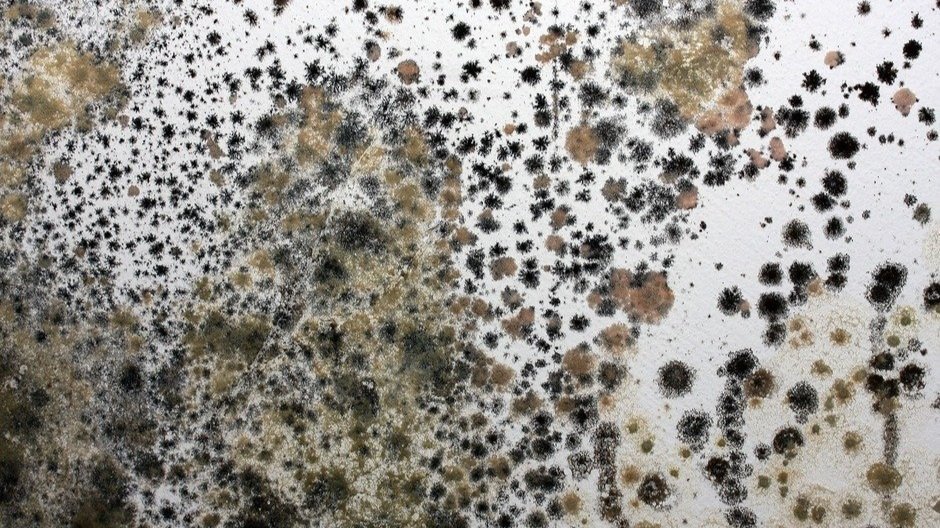Mycotoxins are toxic compounds produced by certain molds commonly found in water-damaged buildings, poorly ventilated spaces, and contaminated food. Exposure to these toxins can lead to a range of health issues collectively referred to as “Mycotoxin Illness.” Recognizing the sources of mycotoxin exposure and taking proactive measures to limit contact is necessary for safeguarding your health at home and work. This guide explores the causes of mycotoxin illness symptoms, preventive strategies, and how workplace environments contribute to the risk.
What Causes Mycotoxin Illness Symptoms?
Mycotoxin illness symptoms occur as a result of exposure to molds that release toxic substances. These molds thrive in environments with excessive moisture, poor ventilation, and surfaces like fabric, wood, and drywall. Common sources of mycotoxin exposure include:
- Mold-contaminated buildings: Homes and workplaces with water damage or high humidity levels often harbor mold-producing mycotoxins.
- Contaminated food: Certain crops, like grains, nuts, and coffee beans, are susceptible to mold growth if improperly stored.
- Poor air quality: Poor ventilation can concentrate airborne mycotoxins and increase inhalation risks.
The symptoms of mycotoxin illness vary widely, making it challenging to link health issues directly to exposure. Common symptoms include headaches, fatigue, respiratory problems, skin irritation, and cognitive difficulties. These can mimic other conditions, leading to delayed identification of the root cause.
Can Mycotoxin Illness Be Prevented?
The good news is that mycotoxin illness can often be prevented by taking simple, proactive steps to reduce mold exposure. Below are actionable tips for both home and work environments:
At Home:
- Control humidity: Keep indoor humidity levels below 50%. Use dehumidifiers in damp areas like basements and bathrooms to reduce moisture where mold thrives.
- Fix water damage promptly: Address plumbing leaks, roof damage, or flooding immediately to prevent mold from taking hold.
- Allow proper ventilation: Use exhaust fans in bathrooms and kitchens while cooking or showering. Open windows regularly to improve airflow.
- Regular cleaning: Clean surfaces regularly with mold-control sprays, particularly in high-risk areas such as bathrooms and basements.
- Inspect and replace materials: Regularly inspect carpets, curtains, or other fabric-based furnishings for mold growth. Replace water-damaged materials promptly.
At Work:
- Request regular inspections: Advocate for routine mold and air quality inspections in your workplace from building management or safety teams.
- Report water leaks: Notify your employer immediately about leaks, damp floors, or signs of potential mold growth.
- Encourage ventilation improvements: Suggest upgrading HVAC systems or adding air purifiers to minimize airborne toxins and improve airflow indoors.
- Stay vigilant: Be proactive about reporting visible mold or musty odors in the office to maintain a healthier work environment.
By maintaining dry, clean, and well-ventilated spaces, you can significantly reduce the presence of mycotoxins and protect your health.
Are Workplace Toxins Causing Mycotoxin Illness?
While homes are common sources of mold exposure, workplaces often introduce another dimension of risk due to extended exposure times and shared environments. Water-damaged buildings, such as older office spaces or facilities with poorly maintained infrastructure, frequently have leaks that lead to hidden mold growth. Centralized HVAC systems in large offices can spread mycotoxins if not properly maintained, posing a widespread risk to employees.
Certain industries, such as agriculture, food storage, and manufacturing, also increase exposure risks. The reason is that it is easier to inhale mycotoxins from contaminated produce or materials. Long-term exposure to workplace toxins can significantly exacerbate symptoms over time, particularly for individuals with allergies or pre-existing respiratory conditions. Raising health and safety concerns to management and encouraging regular environmental testing is needed to mitigate these risks and protect employee well-being.
Consult a Specialist
If you’re experiencing persistent symptoms like headaches, fatigue, or respiratory problems, it’s relevant to evaluate potential exposure to mycotoxins. Preventive steps reduce risk, but early detection and expert advice remain key for addressing Mycotoxin Illness. Consulting a specialist, such as a mold remediation expert or an environmental health professional, can offer detailed insights into possible contamination. Reach out to a specialist for personalized support!


Leave a Reply